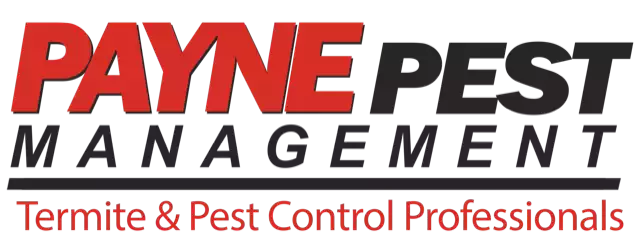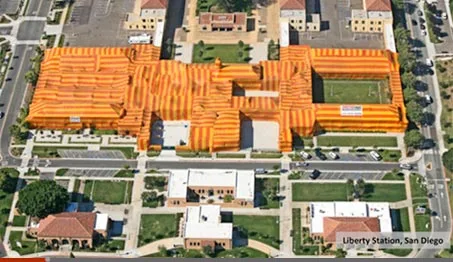Termites are one of the most destructive pests that homeowners can encounter, causing billions of dollars worth of damage in the United States every year. While subterranean termites are more common in some areas, drywood termites are another major threat that can cause extensive damage to wood structures. In this post, we’ll explore what drywood termites are, how to identify their presence, and what you can do to protect your home from these pesky insects.
Drywood termites are a type of termite that live inside wood structures, and they can be difficult to detect since they don’t require contact with the ground to survive. These termites are often transported in infested wood products, such as furniture and packing crates, and can establish colonies in any wooden structure. Unlike subterranean termites, drywood termites do not build mud tubes, but instead produce fecal pellets that can be found near infested wood. This can be one of the first signs of drywood termite activity in your home.
Another sign of a drywood termite infestation is the presence of small exit holes in affected wood. These holes are created when adult termites emerge to mate and spread to other areas. You may also notice flying termites or discarded wings near windows and doors, as these are the primary exit points for swarming termites. If you suspect that you have a drywood termite infestation in your home, it’s important to act quickly to prevent further damage.
One of the most effective ways to prevent drywood termite infestations is to eliminate potential entry points. This means sealing any cracks or gaps in your home’s exterior, including around doors and windows. If you’re building a new home, consider using termite-resistant building materials, such as concrete or steel framing. You can also use pressure-treated wood for any outdoor structures, like decks and fences, to help prevent infestations.
Another key aspect of preventing drywood termite infestations is to keep your home dry. Termites thrive in moist environments, so make sure that your home’s plumbing and irrigation systems are properly maintained to prevent leaks. Additionally, make sure that your attic and crawl space are well-ventilated to prevent moisture buildup.
If you do have a drywood termite infestation, there are several treatment options available. One common method is fumigation, which involves sealing your home and filling it with a gas that kills termites. Another option is heat treatment, which involves raising the temperature in the infested area to a level that kills the termites. If you prefer a non-toxic approach, there are also cold treatment options that use liquid nitrogen to freeze the termites.
Drywood termites can be a serious threat to your home’s structure, but with the right preventative measures and treatment options, you can protect your investment. Regular inspections and maintenance are key to catching infestations early and preventing further damage. By taking these steps, you can rest easy knowing that your home is protected from these pesky insects.







